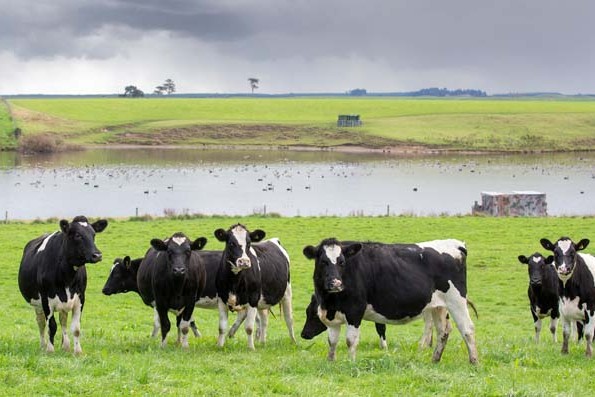Mercedes Baraibar
Production, consumption and trade in dairy products between Latin America’s countries is diverse.
Some countries are net exporters like Argentina and Uruguay. They are in sixth and seventh place on international ranking of dairy exporter regions. They are the third or fourth exporter (it depends on the year) of whole milk powder (WMP).
Other countries are net importers like Brazil and Mexico. Brazil is the fifth biggest importer of WMP. México is the biggest importer of SMP (skimmed milk powder) and the fifth importer of cheese.
Brazil’s dairy imports come from Argentina and Uruguay. These countries are closely linked by trade.
Historical relationships in social, cultural and other fields of their economies maintain deep economic links.
Argentina and Uruguay are complementary on dairy products with Brazil. In addition, the Mercosur customs union has improved those trade relations.
The tariffs on dairy imports from countries outside Mercosur are 28% for powder milk and 16%-28% for cheeses (depending on the type). But for imports from Argentina and Uruguay the tariff rate is 0%, because of Mercosur’s free trade area.
Mexico is not linked with South America’s dairy trade.
Mexican dairy imports mainly come from United States. The long-standing North American Free Trade Agreement (Nafta) (currently under renegotiation) built a very strongth trade relationship between the two countries.
Although Mexico has a Free Trade Agreement with Uruguay, there are tariff quotas for dairy products. Quota for cheeses is 6600 tonnes a year, tariff-free; milk powder 5000t/year and could lift to 11,000t/year if a minimum of 80% of the quota is exported the previous year.
As Uruguay is a net exporter and Mexico a net importer of cheeses, this quota is very important for Uruguay. In 2019 Mexico was the fourth-ranked destination of Uruguayan cheese exports.





